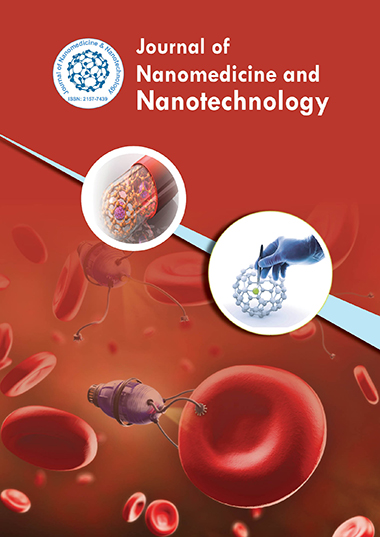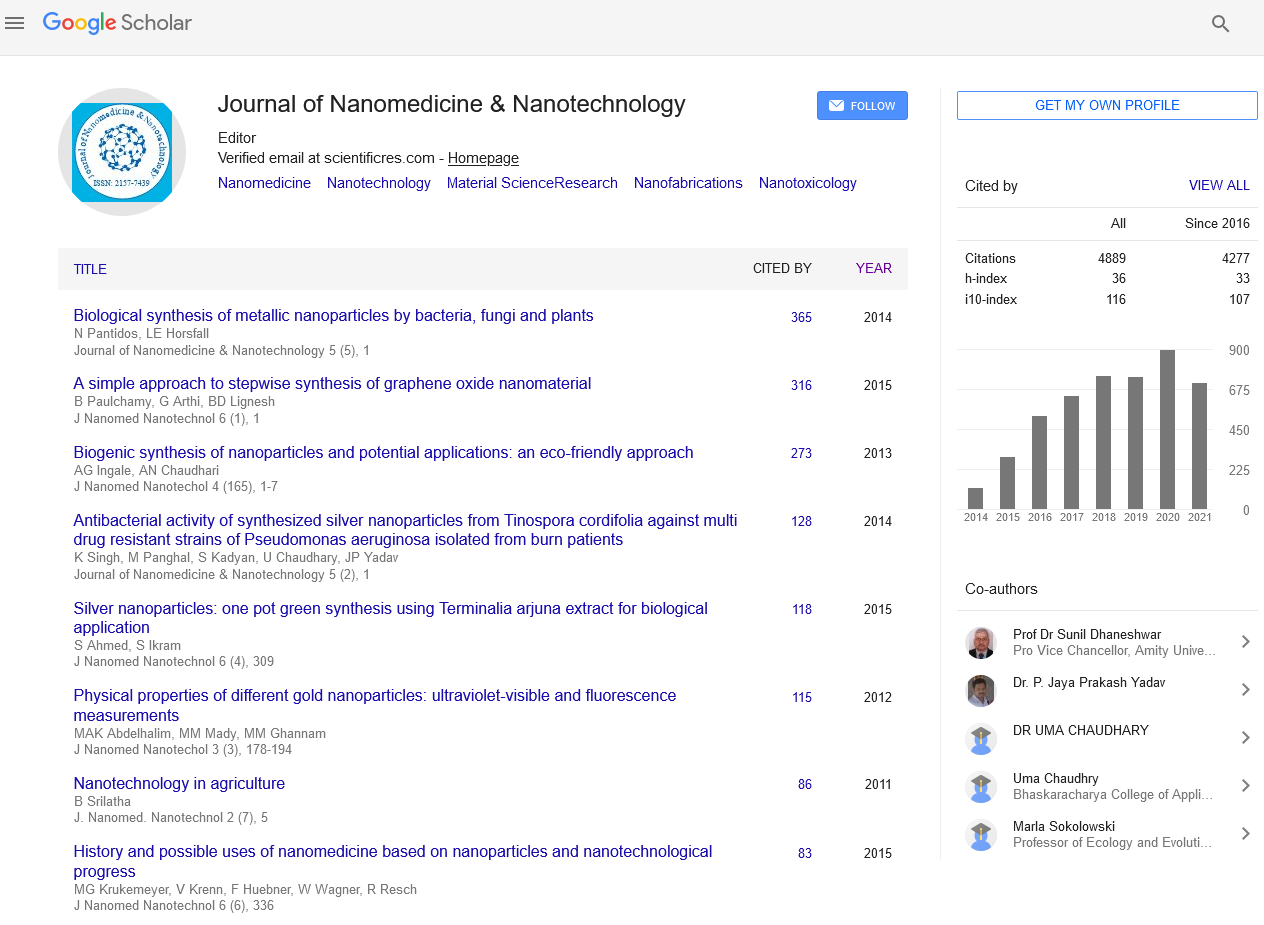Indexed In
- Open J Gate
- Genamics JournalSeek
- Academic Keys
- JournalTOCs
- ResearchBible
- China National Knowledge Infrastructure (CNKI)
- Scimago
- Ulrich's Periodicals Directory
- Electronic Journals Library
- RefSeek
- Hamdard University
- EBSCO A-Z
- OCLC- WorldCat
- SWB online catalog
- Virtual Library of Biology (vifabio)
- Publons
- MIAR
- Scientific Indexing Services (SIS)
- Euro Pub
- Google Scholar
Useful Links
Share This Page
Journal Flyer

Open Access Journals
- Agri and Aquaculture
- Biochemistry
- Bioinformatics & Systems Biology
- Business & Management
- Chemistry
- Clinical Sciences
- Engineering
- Food & Nutrition
- General Science
- Genetics & Molecular Biology
- Immunology & Microbiology
- Medical Sciences
- Neuroscience & Psychology
- Nursing & Health Care
- Pharmaceutical Sciences
Cyclodextrin-based Porous Solids as Excipients for Improved Bioavailability of Drugs
10th International Conference on Nanomedicine and Nanotechnology in Health Care
July 25-27, 2016 Bangkok, Thailand
Youssry Y Botros
PanaceaNano, Inc., United States
Posters & Accepted Abstracts: J Nanomed Nanotechnol
Abstract:
Cyclodextrins are cyclic structures composed of D- glucopyranosyl residues linked by α-1,4 glycosidic bonds to form a ring with a hydrophobic interior and a hydrophilic exterior. This structure gives cyclodextrins the capability to host hydrophobic guest molecules inside the ring. The CD traps the guest and becomes a guest-CD complex that makes the normally hydrophobic guest water-soluble due to the CD�??s hydrophilic exterior. Given this capability, cyclodextrins have been used in the pharmaceutical industry as drug excipients. Unfortunately, the utilization of CDs in pharmaceuticals is limited due to the low drug-loading efficiency. CDs come in amorphous powders, and it is difficult to uniformly mix hydrophobic drug compounds and CDs with sufficient solubility such that the drugs are driven to enter into the CD cavities. However, a new class of porous crystalline solids comprised of cyclodextrin molecules called Cyclodextrin Metal-Organic Framework (�??CD-MOF�?�) provides a solution. Porous CD-MOF can absorb and soak up drugs at high storage capacity to create a stable drug dosage form that readily forms drug-CD complexes upon dissolution of the CD-MOF exterior walls in water. Some of the major challenges in drug development involve the bioavailability of the drug compound, its stability, and the dosage of the compound over time. CD-MOFs can form the soluble drug-CD complexes, make the drug stable with encapsulation in the CD- MOF shell, and possess controlled dosage release. Over time, the CD-MOF exterior will dissolve in water and cause the outer cyclodextrins to detach from the framework and at the same time, form water-soluble drug-CD complexes.


